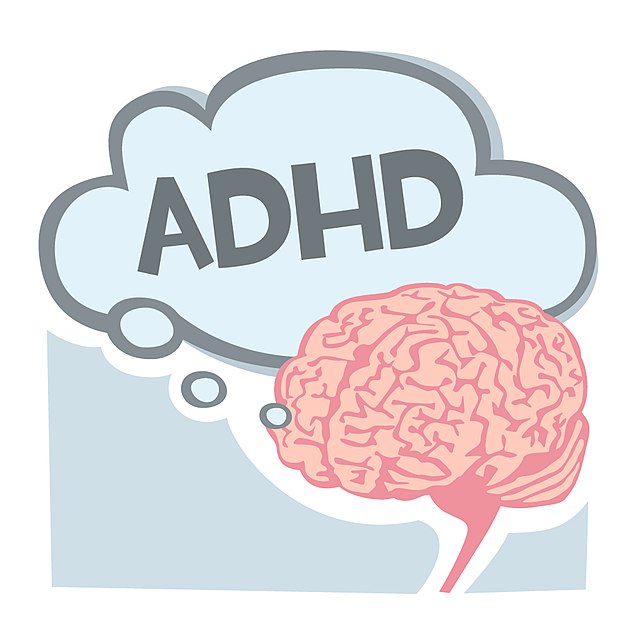Submission by Stassi Kiousis
I stared at the whiteboard, looking at my teacher, Ms. Lewis, writing down the math problem. My eyes kept wandering around the room, or my vision went blurry while my mind raced from thoughts about lunch to my homework later that day to finally getting back to the word problem. My brain felt disconnected from my physical surroundings because it kept buzzing. I was unsure why I felt like this, which I later discovered was ADHD after being diagnosed.
Six million children have been diagnosed and treated for ADHD in 2016. I was one of those children, but I was not getting my ADHD “fixed” through medication. I was getting treated through behavioral therapy for ADHD, and if deemed appropriate, I would-be put-on medication after behavioral therapy. Why is medication the first and sometimes only option discussed for treating ADHD, especially in children? Behavioral therapy could be the primary treatment solution for children bridging their physical body and their identity back together while still including medication when behavioral therapy helpfulness is surpassed. Medication is essential in helping ADHD, according to biomedicine, and other mental illnesses because an individual’s brain chemistry is not working correctly. The industry of healthcare defines who is considered healthy versus unhealthy. Biomedical, clinical treatment is regarded as the primary credible and reliable source of a diagnosis and treatment regarding the body’s ailments. Healthcare is given this authority through the medicalization of society. Healthcare is putting biomedicine and science on a pedestal because it can potentially answer any question posed about the physical body.
Healthcare clinicians view the physical body and the individual’s identity separately, which is referred to as a medical gaze. Biomedicine is supposed to be objective, so this medical gaze is created by the clinicians to assess the bodies scientifically. About 60% of children were taking medication in 2016 and represent 1 out of 20 of all U.S. children. The focus on the physical body makes clinicians view ADHD as a brain chemistry imbalance, which can only be treated through medication that will alter the individual’s brain to the “normal” chemical balance. Behavioral therapy is usually considered secondary after medication.
Behavioral therapy targets the person’s actions and experiences by teaching ways to change their behavior to deal with their ADHD. The CDC recommends children under the age of 6 be treated through behavioral therapy, and about 47 received behavioral treatment for their ADHD in 2016. Behavioral therapy helps children understand how their ADHD is embodied and affects their personhood. Parents are one of the main contributors for helping their children benefit from behavioral therapy.
Parents should get trained in the techniques and exercises that help their children implement their behavioral therapy in their embodiment of their ADHD to maximize their time and attention. Behavioral therapy should involve positive communication, positive reinforcement, structure and discipline. These techniques take into account the young children’s’ physical body through working through their mental struggle, while helping their personhood develop around understanding ADHD is not a bad thing.
ADHD is a brain chemical problem, but medication should not be the main treatment for children. Behavioral therapy in young children helps combat the risk of side effects from the medicine and allows the young children to learn to manage their symptoms without a pill. The young children are in a space of liminality, which allows them to have a chance to treat their ADHD differently than adults. The medicalization of mental illness tends to focus on an instant fix because it looks at the clinical illness, and not at the patient’s whole identity. Medication is still needed when the behavioral therapy is not able to attain the results needed. I have experienced the importance of behavioral therapy like having a strict routine and learning to manage other symptoms, but sometimes medication is needed. A mix of behavioral therapy and medication as needed helps bridge the physical body and the identity of the patient by addressing both needs.

